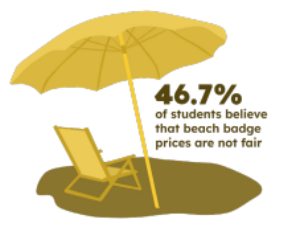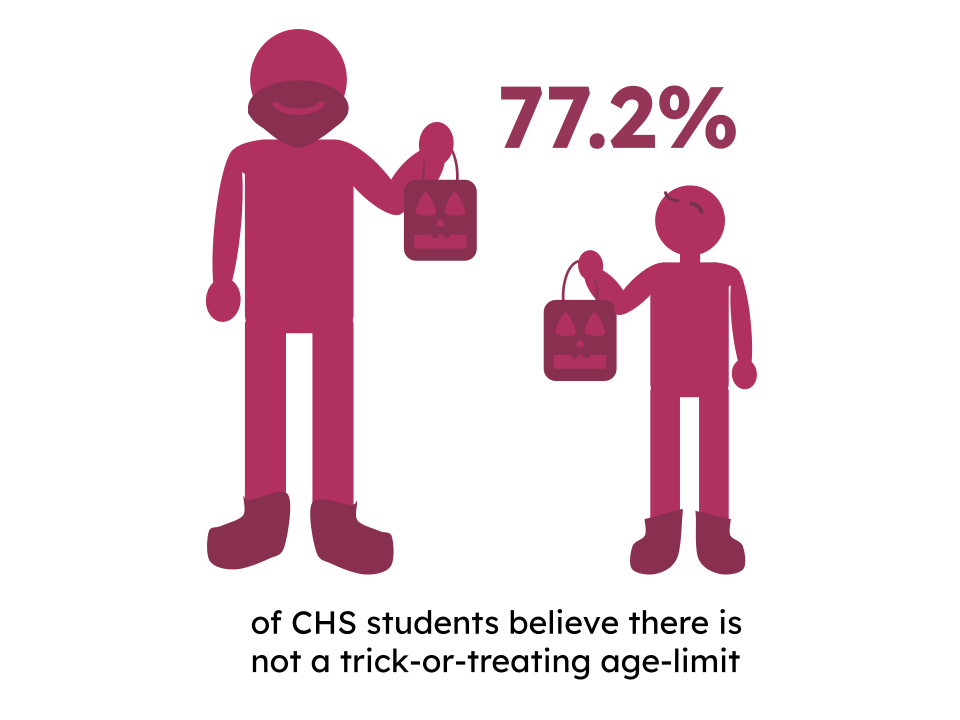Summers spent living on the Jersey Shore should be a relaxing experience. Paying a $13 daily fee to access the beach across one’s house is not relaxing.
A strong motivator in moving to the costly Jersey Shore is easy access to the sand. According to the National Sea Grant Law Center, New Jersey boasts almost 130 miles of coastline bordering the Atlantic Ocean. Despite this, the state hosts a measly number of 12 free public beaches. The rest require one to purchase a seasonal or daily badge to access them, with some offering variations such as three-day or weekly passes.
Seasonal passes can range from $20 to $95, and daily beach tags can span $3 to $13. Nonetheless, a NJ Advance Media Analysis claimed that the median price for a day pass at Jersey Shore beaches increased 36.5% since 2018. For instance, Ocean City doubled the daily beach price from $5 to $10 in 2023. This trend is only expected to continue considering inflation.
Locals should not be expected to pay for beach passes when the cost of living is astronomical. According to renovated.com, New Jersey residents pay 44% more than the nationwide average for housing—about $2,553 per month—and spend 30% or more of their monthly wage on mortgages. Additionally, taxfoundation.org claims New Jersey is home to seven of the 15 counties with the highest property tax bills, the highest concentration in the country.
Taxpayers, especially ones living in low-income areas, may not be able to spare $10 every time they want to make the most of a sunny day. Beach prices are piled on top of parking fees and overpriced boardwalk products. Other beach options are limited, as public access points that don’t require a badge are typically hidden between clusters of hotels or near “Private Property” signs that deter aspiring beachgoers.
The typical Jersey teen does not bother finding these obscure spots; most risk a fine by sneaking onto the beach every weekend in their own town, which their parents pay hefty fees to live in.
Senior Kyra Polesky of Brielle, a surfer and sailor, agrees with this claim.
“I think for a public beach that they are extremely overpriced and made less affordable for locals,” Polesky said.
But the fees are there for a reason: upkeeping the beaches themselves. Still, dirty beaches are commonplace, bathrooms are far away and lifeguard salaries are kept to a minimum; it appears that the money from badge costs doesn’t even go anywhere. What’s the point?
Only tourists should pay to use Jersey beaches, and the abundance of tourism in the summertime should make this no issue.
“Our visitors and friends spent more than $49 billion in the Garden State last year, or $134 million each day, revealing the tremendous appreciation travelers have for all that New Jersey has to offer,” Governor Phil Murphy said.
Visitnj.org, citing The New Jersey Division of Travel and Tourism, confirmed that day visitor spending hit over $6 million in 2023, exceeding the previous year’s figures by more than 11%. Tourism Economics says that, as of summer 2024, tourism in just Monmouth and Ocean County generated $8.6 billion. Residents note the New York and Pennsylvania license plates flood the streets once July hits and make traffic unbearable on sweltering weekends. NJ tourists are not going anywhere.
Other beaches along the East Coast—in fact, the majority of U.S. beaches—do not require payment for entry. What makes the Jersey Shore so deserving of that extra buck? New Jersey must stop greedily charging residents for basic amenities, and if funding for upkeep is not satisfied by abundant tourism, they need to implement other strategies. In this economy, both locals and visitors can only hope beach towns settle this soon.










